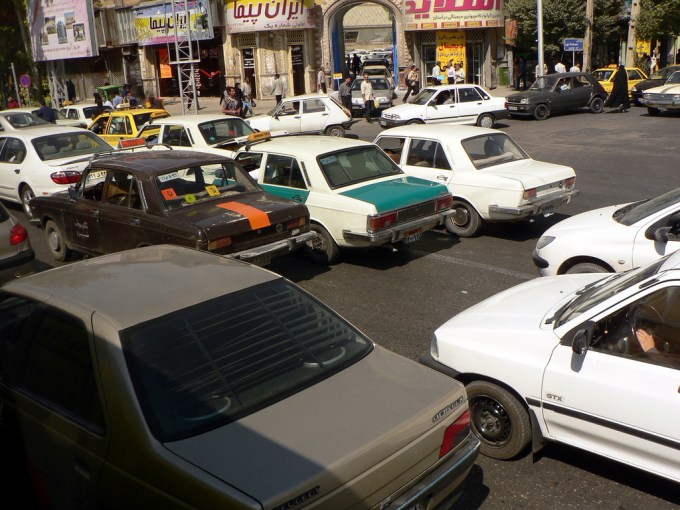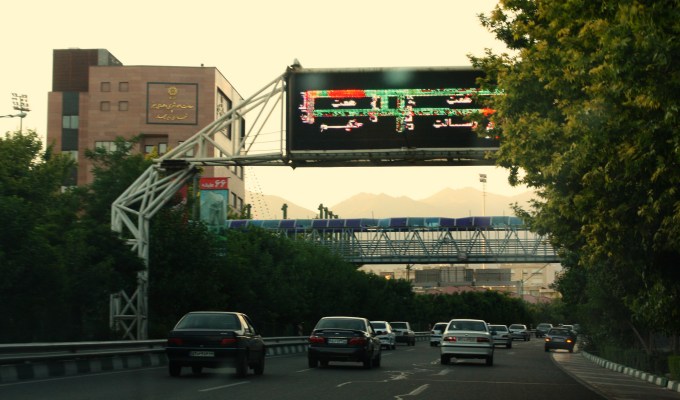Investors have turned Iran into the latest country to embrace the ride sharing and car-hailing app phenomenon.
The Iran Internet Group has secured a €20 million Series A round of financing for its ride-sharing application, Snapp. The South African mobile phone company MTN led the round and is the sole investor.
MTN is also a major shareholder of Irancell and Iran Internet Holdings. The firm launched Snapp, formerly known as Taxi Yaab in 2014.
€20 million is among the second largest investments in Iran’s nascent startup ecosystem this year. In March Swedish-based investment firm Pomegranate invested €60 million in Sarava, an Iranian investment firm focused on e-commerce. Sarava has backed Digikala, one of Iran’s most successful e-commerce startups.
Snapp currently operates only in Tehran, Iran’s capital city. Shahkar told me to that the company employs 10,000 drivers in a city of 8.1 million residents. The company has recorded half a million users, largely through word-of-mouth. The company did not disclose its revenue or its valuation.

There are 27 million registered cars in Iran. The number registered as official taxis numbers around 80,000. However, the taxi scene in the country is complicated. There are private taxis and “shared taxis” that are price controlled called savaris. Snapp chief executive Shahram Shahkar told me that there are an additional 80,000 private drivers and 200,000 freelance, unofficial taxis in Tehran.
Snapp works the same way Uber does. You download an application on your phone, request a driver, and go. Where Snapp differs from Uber is payment. Because Iran is still largely a cash-based society, drivers accept hard cash.
“Another thing that makes Snapp unique is that the price of the trip is set beforehand,” Shahkar said. “This pre-pricing is our value proposition; it eliminates haggling.”
Snapp commissions drivers with valid driver’s licenses and insurance. Each driver undergoes a background check and the Snapp team inspects each vehicle before giving them the go ahead.
Most of Iran’s population of 80 million is under 30, with a high rate of literacy (98 percent). Nearly 65 percent of Iranian homes have broadband access and mobile penetration is 136 percent, with an estimated 83.2 million mobile subscriptions, the largest in the Middle East.
When asked about future plans, particularly how far Snapp plans to scale Shahkar told me that they plan to focus on the Iranian market and “deliver value.”
“We plan to invest in our current operations, expand to other cities, introduce different services such as premium vehicles and offer new features,” Shahkar said.
Just like the U.S., there are other ride-sharing app competitors in the country like the Tehran Taxi Organization. Tehran Taxi announced that it is exploring an online mobile application similar to Uber in 2017.
“We have the best employees, selected from the best universities in Iran,” Shahkar said. Snapp employs 130 people. These employees, Shahkar says, are Snapp’s competitive advantage. “They have local knowledge, which is necessary for a complicated city like Tehran.” Tehran has numerous traffic restrictions and rules. That gives him confidence that Snapp will continue to dominate the
“They have local knowledge, which is necessary for a complicated city like Tehran.” Tehran has numerous traffic restrictions and rules. That gives him confidence that Snapp will continue to dominate the ride-sharing market. “You can’t just learn this market in a day,” he said.
